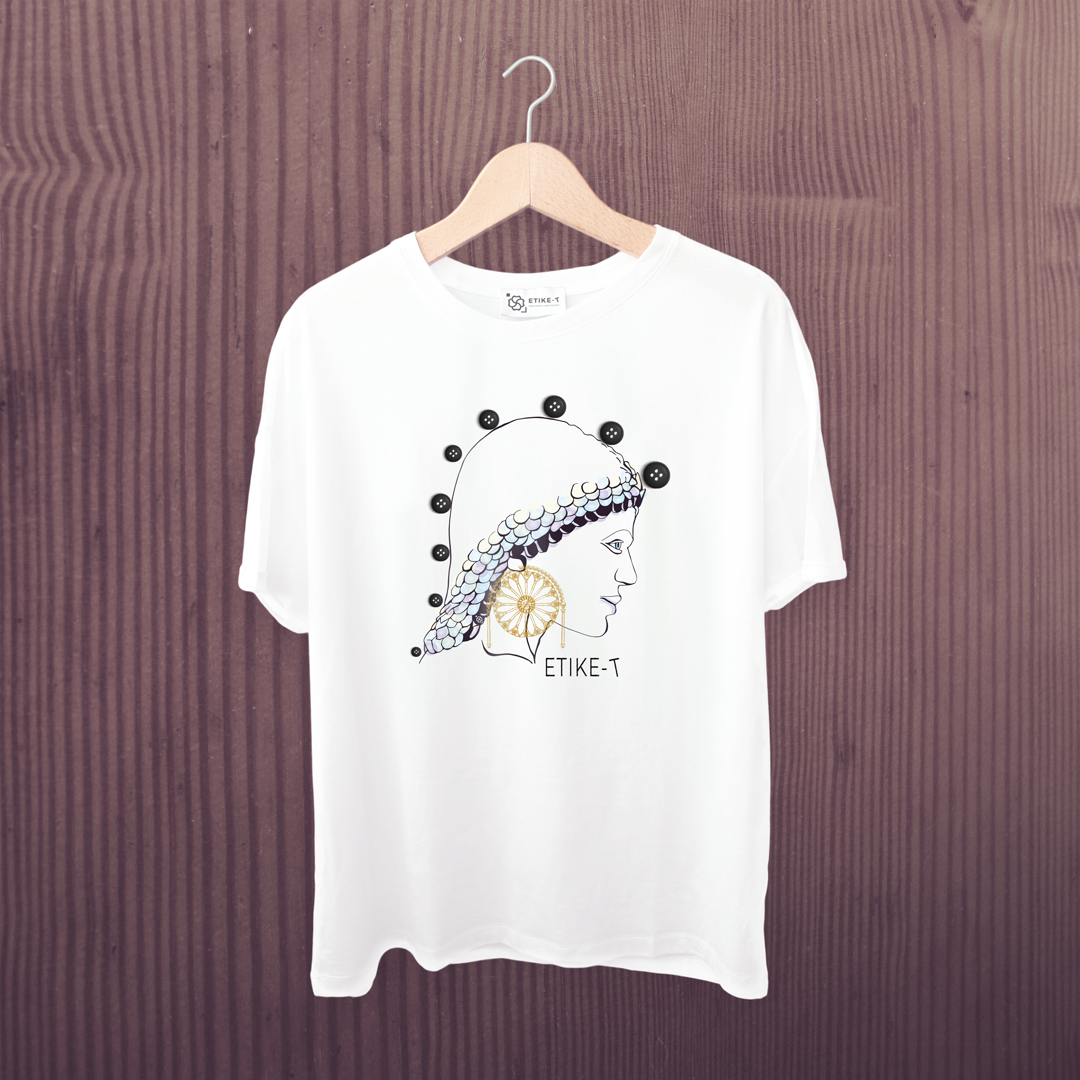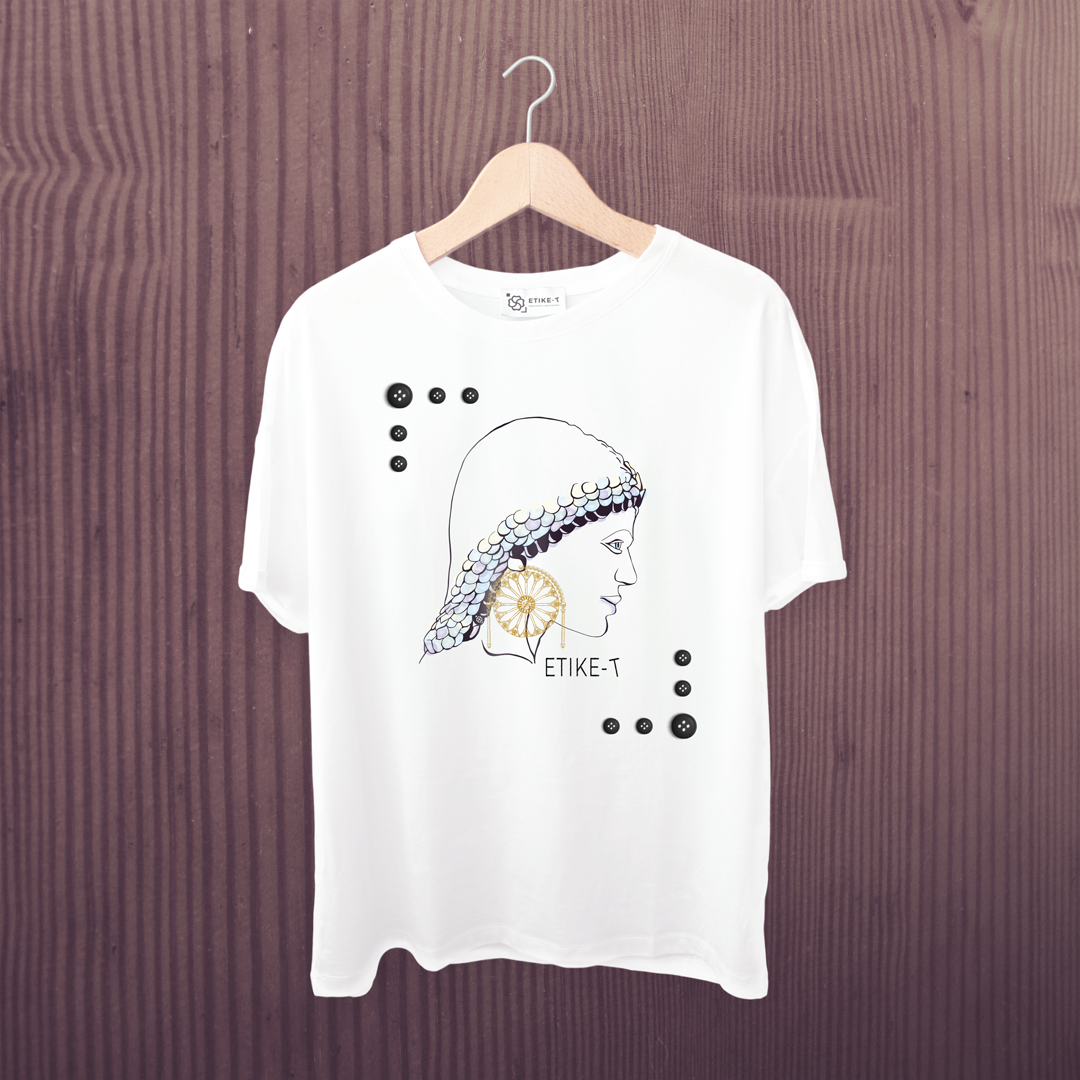Skuma ENG
THE MERMAIDS AND THE LEGEND OF SKUMA


Their history dates back to the 90s, when local artist Francesco Trani gifted the city with his mysterious sculptures. The mermaids are made of marine cement mortar, much more resistant to the corrosive action of water and salt; each one weighs about 2500 kilos (5511 lbs).
Perfectly embedded into the natural marine landscape, these magical creatures are not just a simple object of value; they truly are part of the mythology of the city of the Two Seas and its glorious ancient past.
Ethra, Satyria and the one above all of them: Skuma, woman of rare beauty and married to a young fisherman, who spent days and days away from home. The sea called him away, forcing him to leave his wife alone for a long time.
Wracked with guilt, she immediately confessed her infidelity to her husband; the fisherman, for his part, took his wife on his boat; as soon as they reached the open sea, he pushed her into the water, causing her to drown.
Luckily, the mermaids came to her rescue before it was too late; fascinated by the incredible beauty of the young woman, they crowned her their queen, with the name of Skuma (“Foam”, in vernacular), since she had been carried by the waves of the sea.
Meanwhile the fisherman, regretting what he had done, and believing her to be dead, came back to the open sea, where the woman had drowned, to cry all his tears for her. The mermaids made him fall into the water, then kidnapped him and led him to their queen. Skuma recognized him at once and begged the mermaids to spare his life and let him go, as she had forgiven him.
After waking up ashore, the fisherman realised he wanted his wife next to him again, but he didn’t know how to take her away from the mermaids. Out of the blue, a fairy came to his aid, by revealing him how to set his beloved wife free: he had to steal the only white coral flower from the mermaids’ garden.
Therefore, the fisherman hatched a plan: he sold everything he had to buy jewels and precious stones; on his boat, he sailed the waters of the Gulf of Taranto and threw them into the sea. While the mermaids, intrigued by the jewels, left Skuma unguarded, she stole the coral flower from their garden, just as the fisherman had told her.
Then, the man gave the flower to the fairy who, thanks to her powers, raised a huge wave that swallowed the creatures of the gulf, and brought the two lovers back to the beach, finally back into each other’s arms.
THE MANY FACES OF SAN DOMENICO


Oriented towards Mar Grande, one of the two seas of Taranto, the church of San Domenico stands out among the ancient buildings of Città Vecchia, the oldest and historical part of the city, to greet those who crowd the port.
The church is an example of Romanesque architecture: with its Latin cross plan, it spreads over a central nave and an aisle on the left, which gives access to four side chapels.
Indeed, the structure of the building has been affected by a secular process of stratification: the foundations lay in fact on the ruins of a Greek temple dating back to the 6th century BC, which is still visible through ten open hatches on the floor; on those ruins, the church of San Pietro Imperiale was then built during the 11th century.
Only in 1302 the church began to look like what is so familiar to today’s people of Taranto: when the French-Provençal feudal lord Giovanni Taurisano came to the city following Charles II of Anjou; he commissioned the rebuilding of the church, as evidenced by the inscription in Latin on the coat of arms placed on the entrance portal. The Dominican fathers settled there soon after, and in 1349 the church was finally named after San Domenico de Guzmán.
Those typically fourteenth-century stylistic features are still intact on the façade: the ogival portal, as instance, with its pointed arch structure on the top. Yet, what really does catch the eye, is the splendid rose window: classified as one of the most important examples of Apulian art, it stands out for its beauty and size in the list of “Rose windows of Apulia”, among the candidates to become UNESCO World Heritage.
A keen eye will recognise at first glance the rose window’s belonging to a period of transition between Romanesque-Apulian art, characterized by Greek-Italic and Roman elements, and the irrepressible Gothic style.
An example of classical inspired features is for sure the beautiful alternation of arches and rings along the circumference of the rose window; whereas the new Gothic style is expressed in the lateral hanging columns, which have not a smooth circular section anymore, but are by this moment decorated with deep grooves arranged in a spiral shape.
Above the columns, between the capitals and the shutters of the arch, there are two lions facing each other.
At the centre of the rose window, the Lamb is depicted, symbolising Christ. Just above the window, the coat of arms of house of Anjou, in relief on the façade, states the feudal investiture of the Taurisano family.
Of the many renovations the church has undergone, the 18th century’s one is particularly significant: the addition of the two-flighted baroque staircase, which was and still is necessary for the access to the church after the creation of Pendio San Domenico, a slope connecting Via Duomo to the lower part of the island.
Yet, for those born and raised in Taranto, the church of San Domenico is much more than a simple historic building: the strong bond between the church and the citizens is written in the city’s DNA and goes deep down in popular roots.
San Domenico is indeed the protagonist of the Holy Week’s Rites, ancient pride of the biggest tradition of the city.
In fact, San Domenico hosts the statue of the Virgin of Sorrows. At the stroke of midnight on every Holy Thursday, the Virgin goes out in the streets of the city looking for Jesus, following a very moving and long procession, which then takes her back to her historic chapel in the early afternoon on Good Friday.

